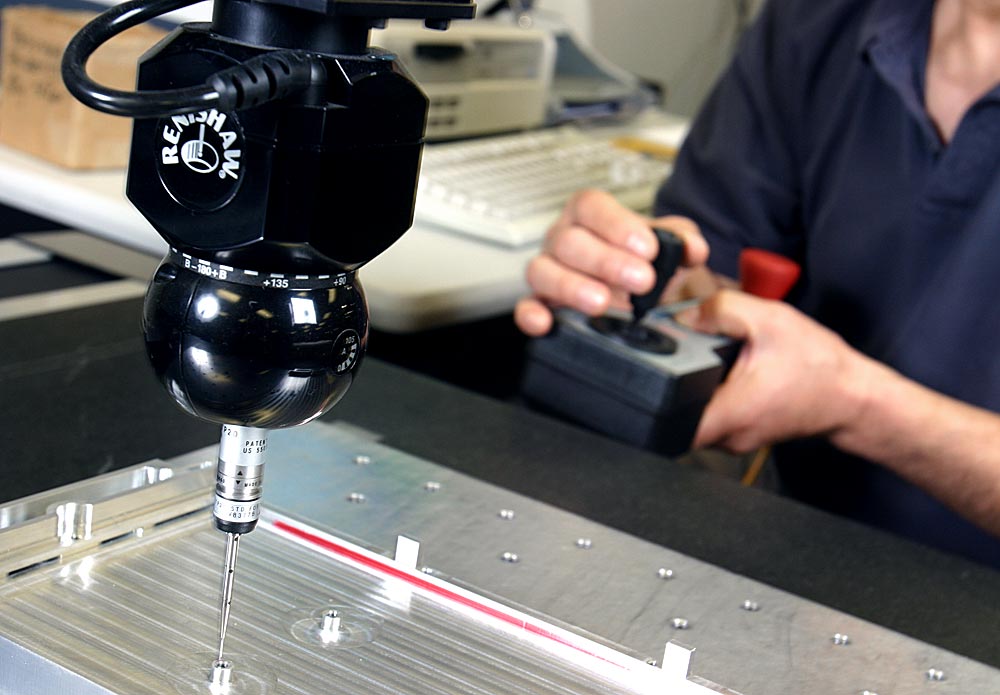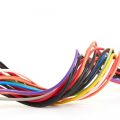Poor visibility for an OEM’s management implies inadequate knowledge of the market, the goods and services, and most of the business processes in the value chain. It can cause planning difficulties and poor readiness. Meeting customer requirements in the medium to long term in such a scenario can become next to impossible. Immediate customer requirements may still be met, with some difficulty. Thus, visibility is a crucial element for running business.
IT investments in the recent past have focused on in-depth detail and involved special effort to incorporate real-time data sharing capabilities for the manufacturing sector. It has led to better services in the aftermarket, ultimately leading to consumers spreading word about diligence.
Service benchmarks changing
Being ready in an OEM these days is not just about honoring the warranty service contract. Consider a situation where a consumer is even a little impatient about pickup and delivery of his vehicle or air-conditioning unit. You might easily lose reputation on social media for no major wrongdoing. Lack of connectivity is not a problem solved for customers when you have a limited number of people taking calls, who have holidays too! Growth can get stunted even if you are on the way to getting more buyers. A technology-driven customer service holds the key and it involves automation, at every touch point possible.
Using the right service model
The customer has to be able to communicate through a simple enough interfaces, where anyone can specify all the details related to a defect. Thereafter, Warranty Administration should put great focus on maximizing the efficiency of services that follow the claim. A series of tasks needs to be carefully administered. Losing speed or quality of coordination is not affordable.
But claim validation, tracking, and supplier recovery are complex. Executing each of them successfully is a challenge if you were to go by the textbook. But practice needs to conform with theory, as small leakages of funds and non-compliance can lead to massive losses in the medium-to-long term. That’s why real-time visibility of goods & services and long-term honing of supply readiness & service delivery make sense.
Customer touch points
Customer touch points include your website’s interactive pages, your brand’s mobile app, and social websites, which address consumer issues among other topics. If you need to communicate without dilly-dallying everywhere, technology can help you respond with subroutine calling based on the type of queries and keywords. Although not completely, the burden of employment can be removed.
Automation, real time, and cloud
Automated service makes sense because it decreases many overheads. However, it is used with real-time cloud technologies because of two reasons. Real time, because when everything, including activities at customer touch points is happening in an automated fashion, the management should be aware of them in real time. Human intervention at the strategic level should be quick. The updating can easily be automated and supported by enterprise dashboards with role-based page customization. On the other hand, cloud suits companies well because their requirements include scaling inexpensively. With automation and cloud, both, they can cut many overheads related to adding new teams. And without automation real-time analytics is next to impossible.
Swiftness in operation is the mark of this industrial age. Customer expectations need to be responded to with ample capabilities of accurate data processing, real-time resource allocation, and data sharing. Customers need to be served quickly and app-based services are proving to be of particular help. Who doesn’t want to be able to just tap and swipe to get things done! Gone are the days of tedious phone conversations.
Manufacturers use local service units with geo-location technology and help suppliers with automation and cloud, as they make data-intensive analysis easy. The suppliers can plan and prepare for better service turnarounds as a result. Due to data-driven dashboards, product-failure frequencies are being mapped to designing and engineering for the near future at OEMs. Such operations, especially when it comes to service, also involve parts suppliers and warehouses to streamline things. Evidently, technology for manufacturing enterprises has been taking the right turns to make life better for all!
For More Information about Tech Updates, Please Visit Etech Spider – The Tech Blog.
































No Comments
Leave a comment Cancel